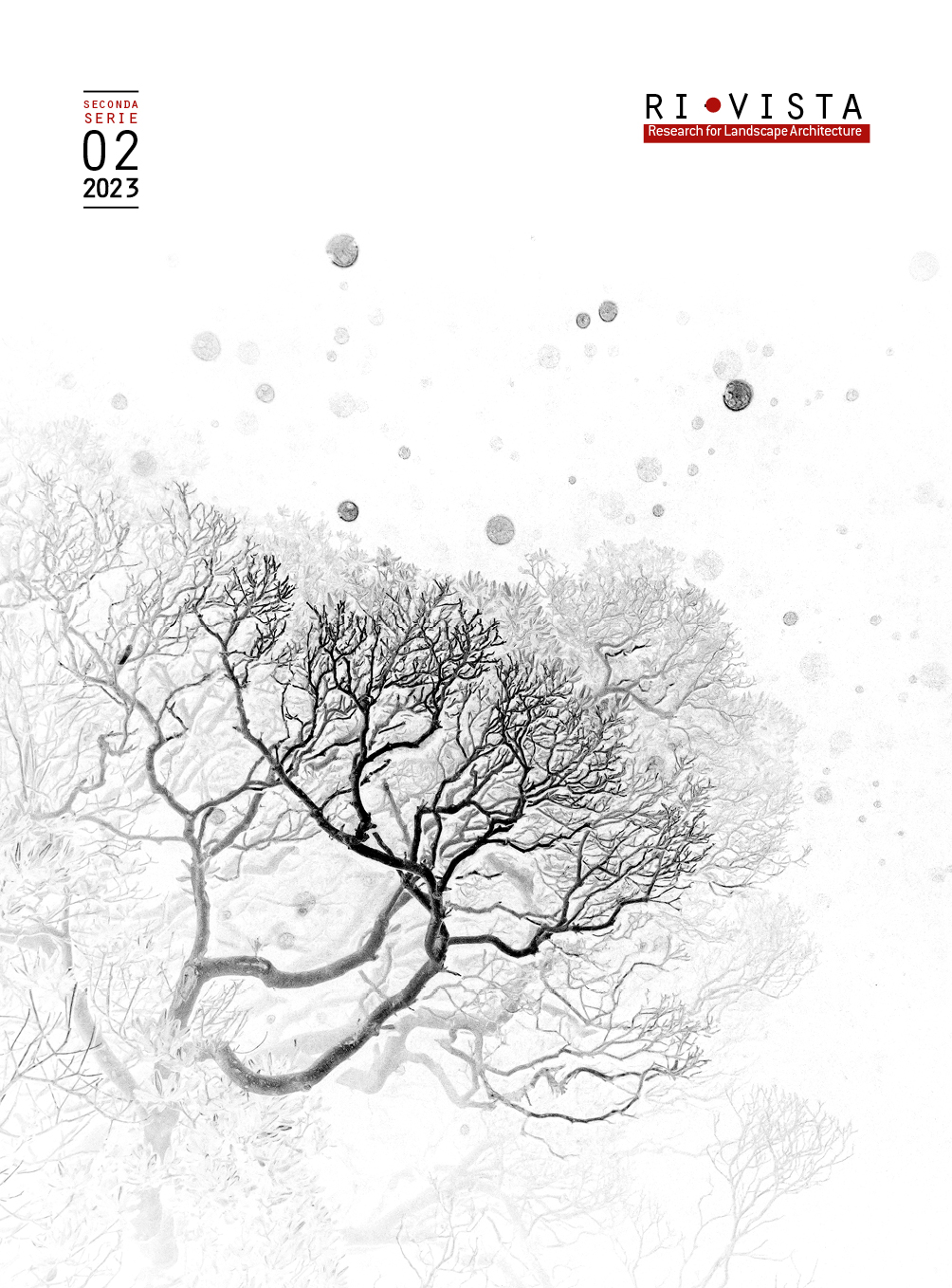About
On diversity and differences
Call for Papers
Globalisation and neoliberal practices have worked towards a process of homogenisation both culturally and biologically, flattening cultural diversity and impoverishing our ecosystems. Scholars attest that ‘the reduction of variation and difference .. seems to apply both in the natural and the sociocultural world, often with similar causes and comparable results’ (Hylland Eriksen, 2021). In 2011, the American science journalist Charles Mann coined the term ‘The Homogenocene’ to label the modern world characterised by monocultures, species extinction, biological invasions, language death and ubiquitous consumerism.
The call is open until May 31st 2024
Visit our CALL FOR PAPERS SECTION page or download the PDF (ita/eng)
Ri-Vista is an open access, peer-reviewed six-monthly scientific journal in electronic format, ranked in “Class A” by ANVUR - Italian National Agency for the Evaluation of Universities and Research Institutes. Founded in 2003, the second series was launched in 2015, when Ri-Vista became part of the scientific journals of the University of Florence. The journal does not ask any charges neither from authors nor readers and operates through international calls for papers and double-blind peer review.
Ri-Vista deals with the multiple dimensions of landscape planning and design, seen from a rich variety of disciplines, in a scientific and open perspective which is distinctive of landscape architecture. Each issue aims at gathering knowledge and visions around specific topics, promoting innovative and responsible actions for creation, protection, restoration and management of landscapes.
Editor-in-Chief:
Emanuela Morelli, Università di Firenze, Italy
issn: 1724-6768
Ri-Vista is indexed in:




Current IssueVol 21, No 2 (2023): Terrae incognitae
Published May 27, 2024
Issue Description
The relationship between landscape design and the role played by plants is relevant for contemporary landscape design because it concerns the interaction with ever changing structures which determine a deep renewal in space design.
The essays develop fields of knowledge partially explored on the plant communities' ability in developing relationships and pursuing transformations that stand as models for the present discussion and practice. Landscape design can today not only draw understanding, but concretely find new solid foundations on this topic.
This is an opportunity to bond and combine scientific, philosophical, and artistic knowledge with design explorations.
The essays in the present issue discuss significant subjects that greatly extend the theoretical and operative... More
The essays develop fields of knowledge partially explored on the plant communities' ability in developing relationships and pursuing transformations that stand as models for the present discussion and practice. Landscape design can today not only draw understanding, but concretely find new solid foundations on this topic.
This is an opportunity to bond and combine scientific, philosophical, and artistic knowledge with design explorations.
The essays in the present issue discuss significant subjects that greatly extend the theoretical and operative... More


